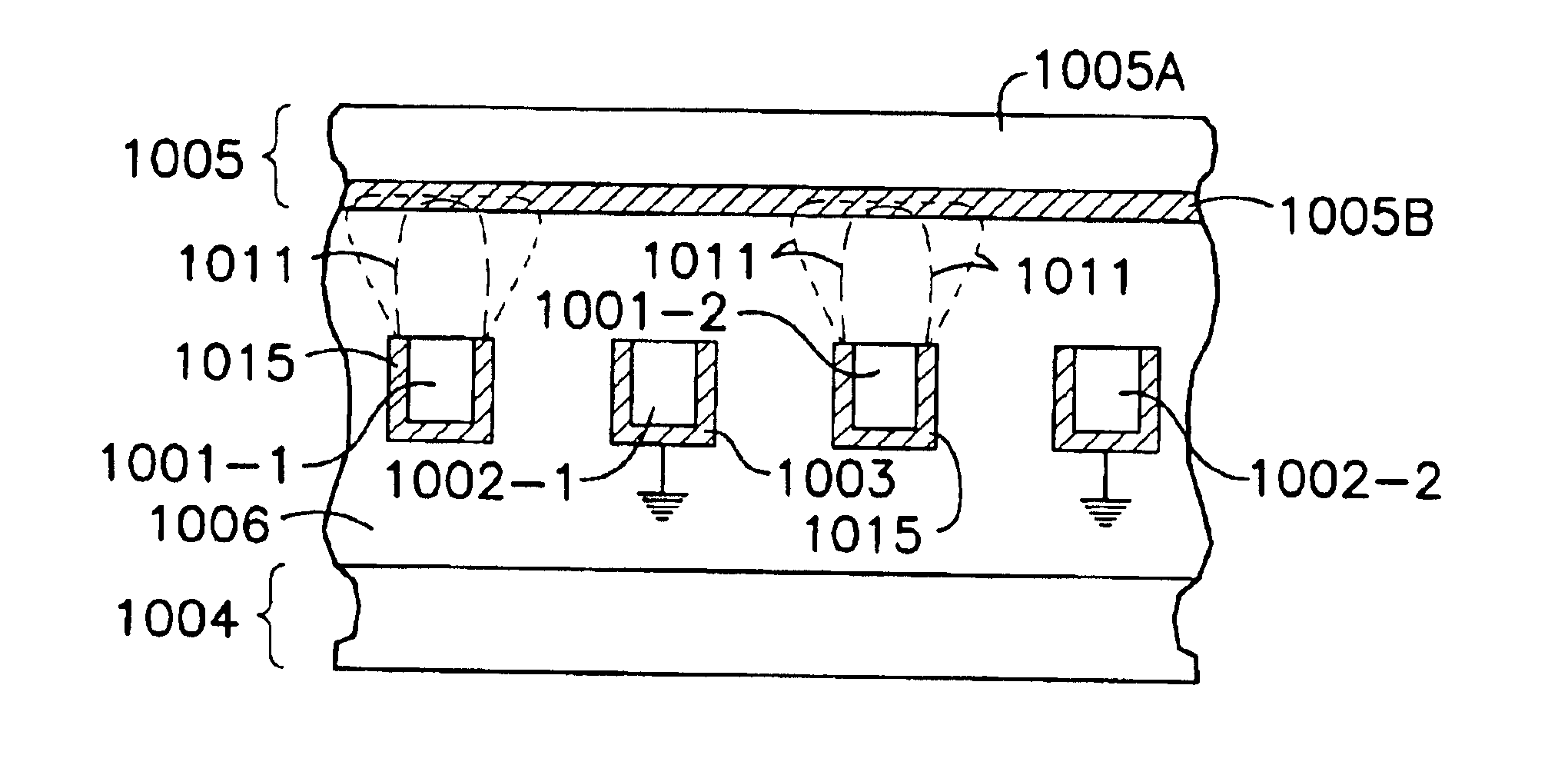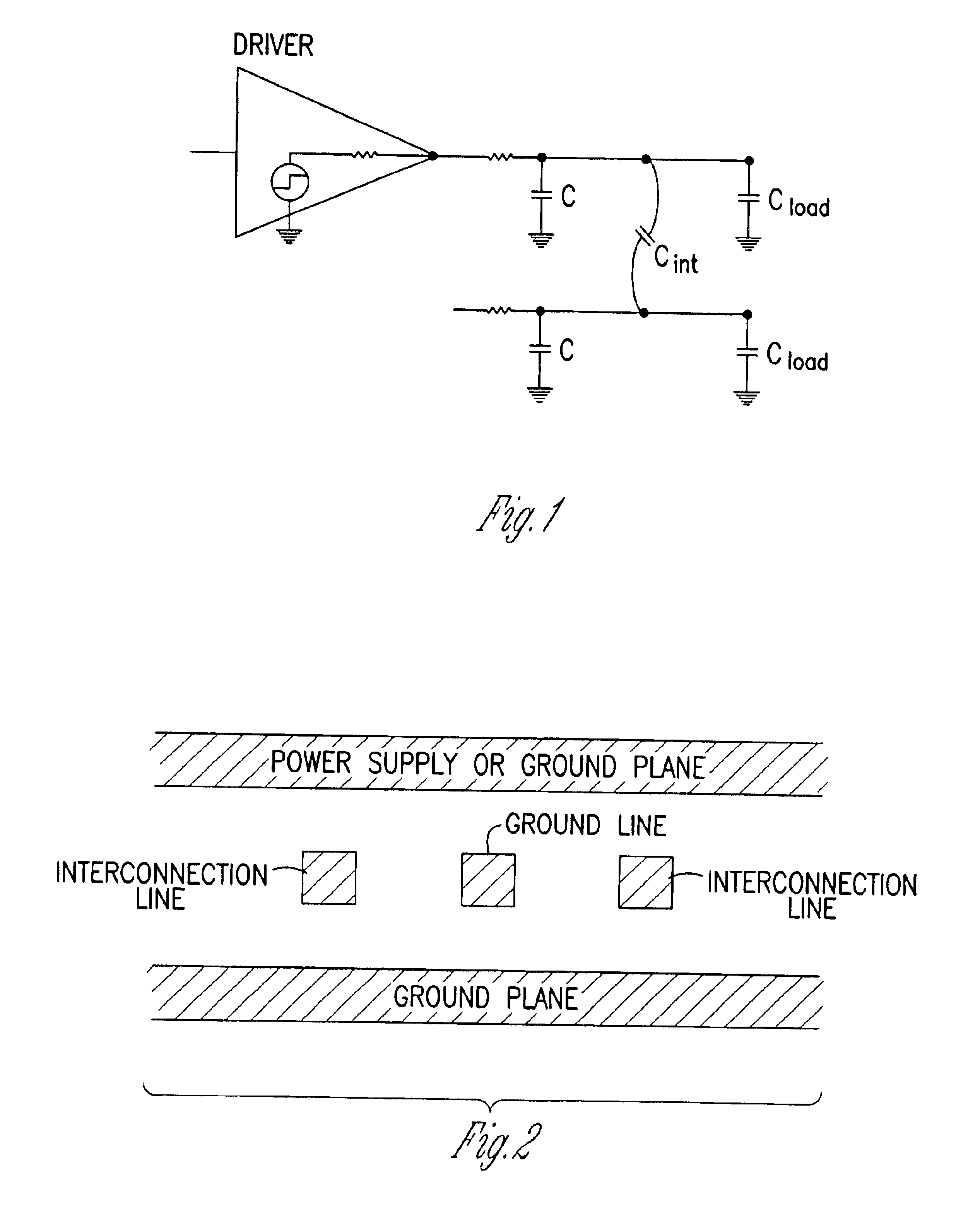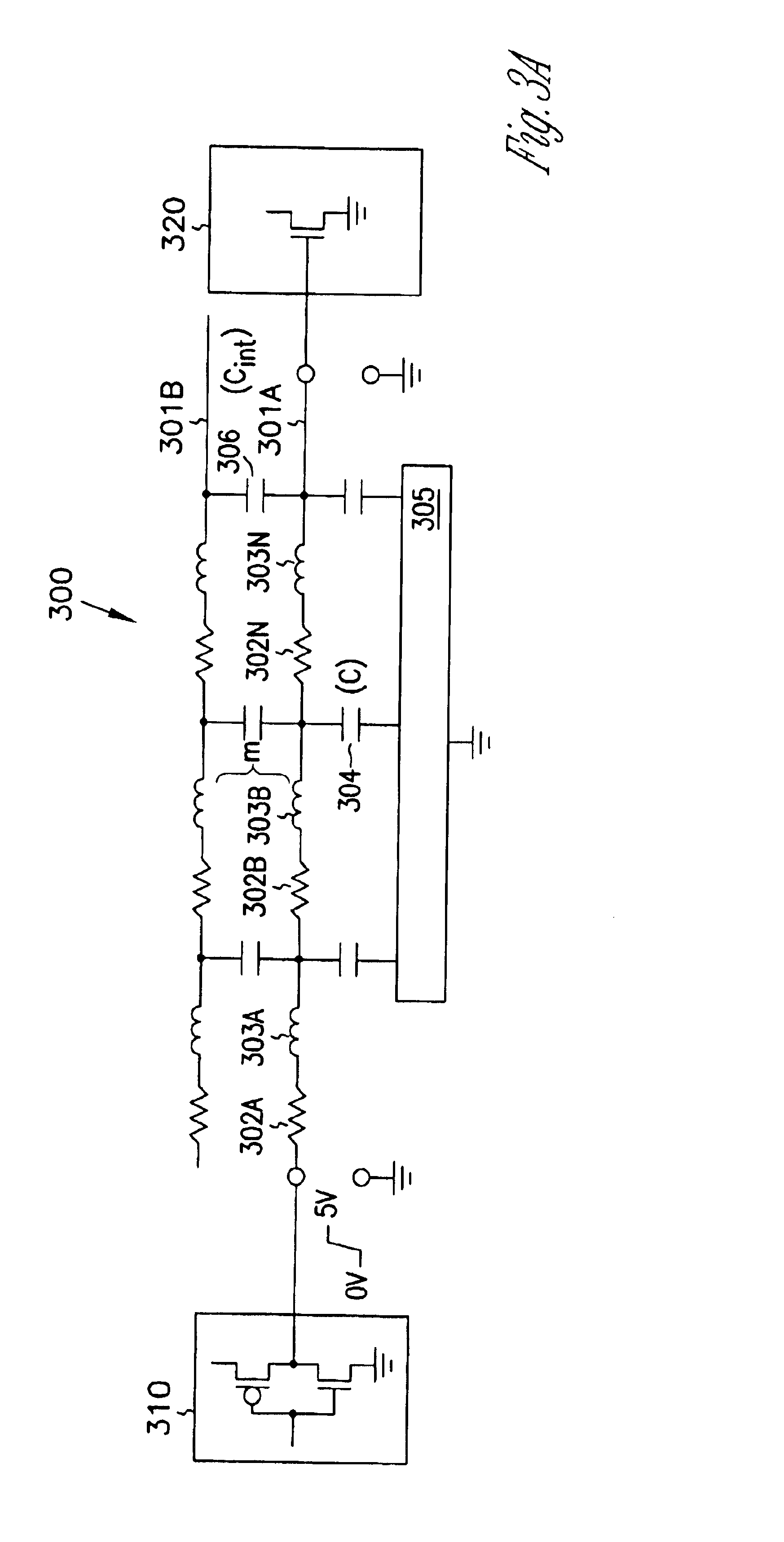High permeability composite films to reduce noise in high speed interconnects
a composite film, high-permeability technology, applied in the field of integrated circuits, can solve the problems of reflection and ringing, difficult to achieve larger values, limited switching time of cmos circuits, etc., to achieve high speed, improve and efficiently fabricated techniques, and improve performan
- Summary
- Abstract
- Description
- Claims
- Application Information
AI Technical Summary
Benefits of technology
Problems solved by technology
Method used
Image
Examples
Embodiment Construction
[0029]FIG. 9 illustrates another embodiment for a pair of neighboring transmission lines, according to the teachings of the present invention.
[0030]FIG. 10 illustrates another embodiment for a pair of neighboring transmission lines, according to the teachings of the present invention.
[0031]FIG. 11 illustrates another embodiment for a pair of neighboring transmission lines, according to the teachings of the present invention.
[0032]FIG. 12 illustrates another embodiment for a pair of neighboring transmission lines, according to the teachings of the present invention.
[0033]FIG. 13 is a block diagram which illustrates an embodiment of a system using line signaling according to teachings of the present invention.
[0034]FIG. 14 is a block diagram which illustrates another embodiment of a system according to teaching of the present invention.
DETAILED DESCRIPTION
[0035]In the following detailed description of the invention, reference is made to the accompanying drawings which form a part here...
PUM
 Login to View More
Login to View More Abstract
Description
Claims
Application Information
 Login to View More
Login to View More - R&D
- Intellectual Property
- Life Sciences
- Materials
- Tech Scout
- Unparalleled Data Quality
- Higher Quality Content
- 60% Fewer Hallucinations
Browse by: Latest US Patents, China's latest patents, Technical Efficacy Thesaurus, Application Domain, Technology Topic, Popular Technical Reports.
© 2025 PatSnap. All rights reserved.Legal|Privacy policy|Modern Slavery Act Transparency Statement|Sitemap|About US| Contact US: help@patsnap.com



